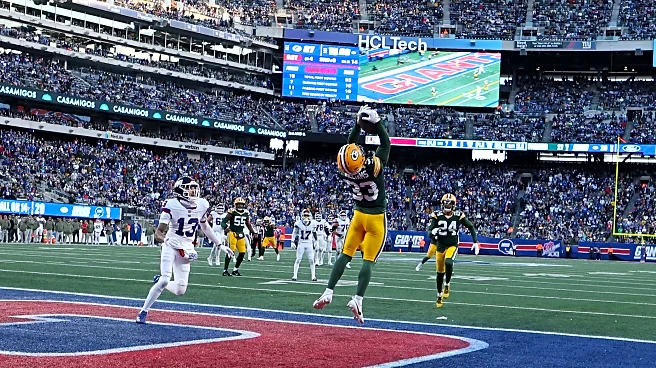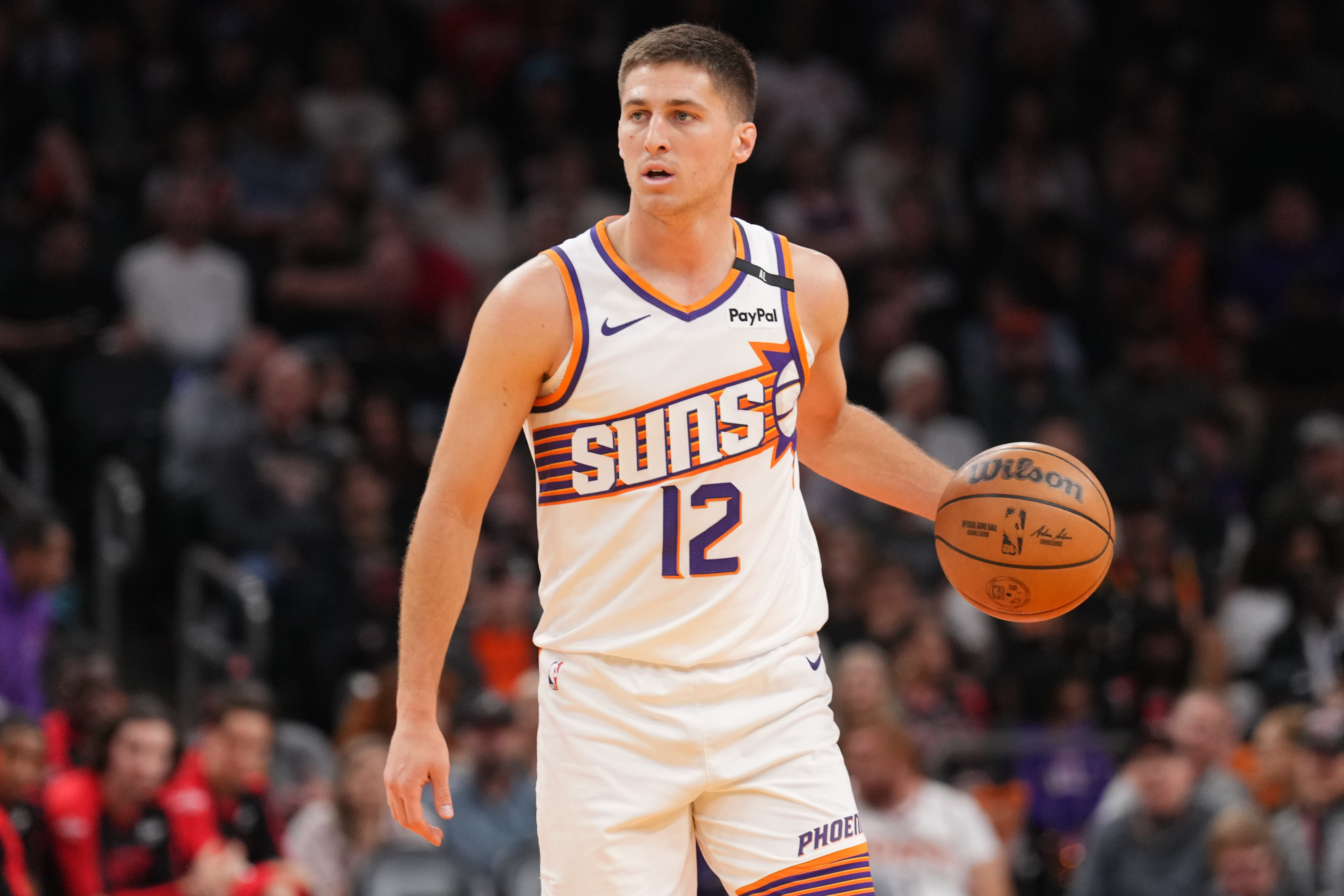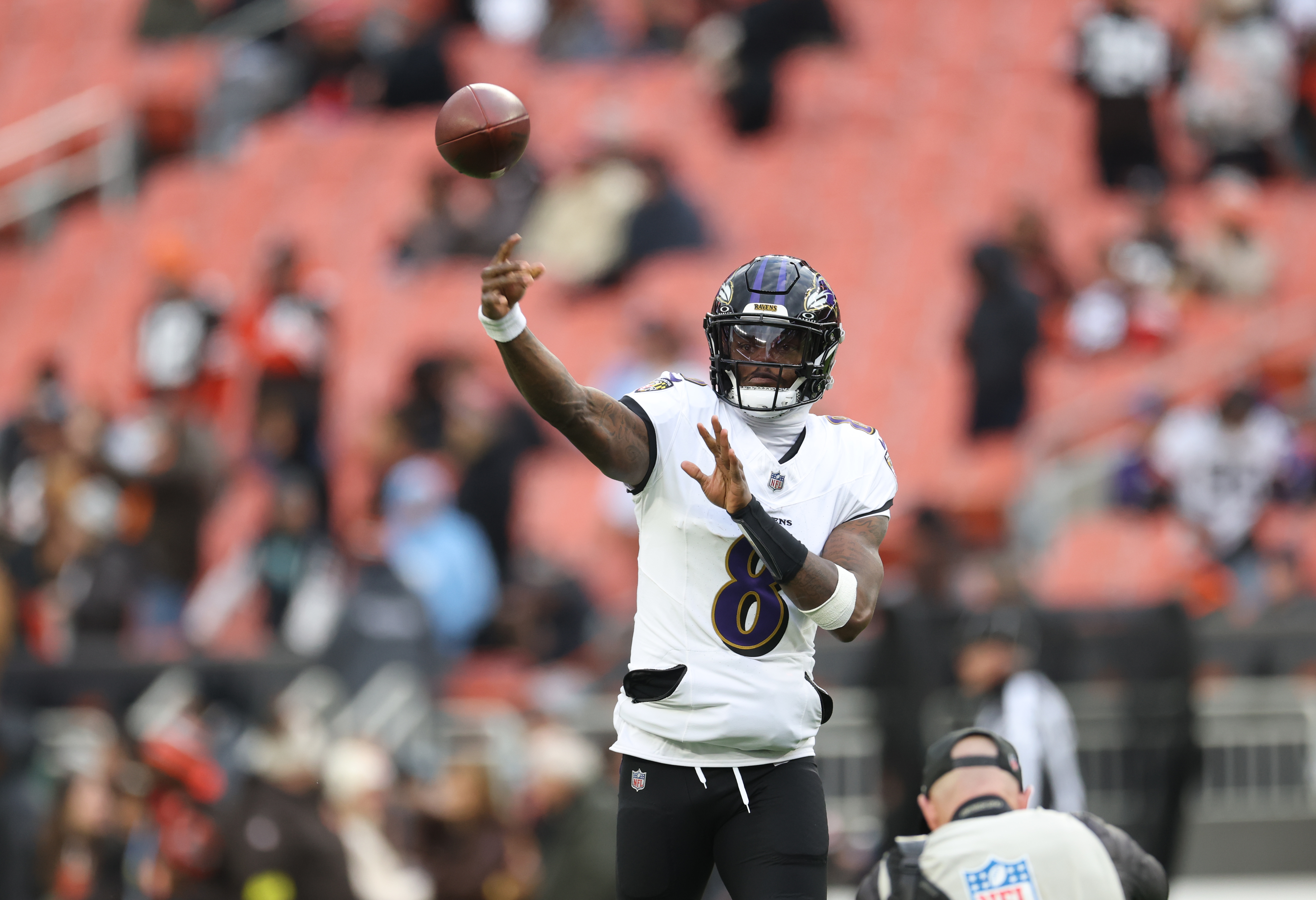On Sunday in week 11 against the Giants, safety Evan Williams caught the game-ending interception to send the Packers to 6-3-1. It was a welcome relief after a game spent dropping what felt like a half dozen interceptions in their hands (it was only four by my count).
The game is funny that way. Less than a week after their week 10 game where the Packers defense looked like a championship level defense against the Eagles, they looked less like one in an extremely tight game versus the Giants.
After
the game, Williams detailed a little bit of what he saw that led him to the ball on that final play:
“They ran that concept a little earlier in the game. I want to say like first, second quarter. Just two primary receivers stacked. They ran a flat seven (route). I was in a half and Jameis [Winston], once he got the ball, he looked immediately towards my way and I’m thinking I’m hot. I’m probably the first read and I saw one break out. Legs made the play before I really did. I broke on the seven (route) before it happened and put myself in a good spot to end it.”
It’s only a couple of sentences, but we can extrapolate a lot just from this quote alone. And it gives us a glimpse into how players think and react to what they see on the fly, the prep work that it takes during the week to be this prepared, to remember the same specific play at opposite ends of the game just by a simple formation identifier.

“They ran that concept a little earlier in the game. I want to say like first, second quarter.”
It was in the first quarter on the Giants opening drive and it was a 20 yard strike from Jameis Winston to Isaiah Hodgins over the middle that set the Giants up for the game’s first score.

The play call the Giants are running is broadly known as “Tampa Bay read” in the Andy Reid tree, of which interim head coach Mike Kafka is from. The play is run out of a 2×2 formation with the running back offset next to the quarterback in shotgun on the tight end side.

“Just two primary receivers stacked. They ran a flat seven (route).”
On the Giants play, the right side of the formation is running the “Tampa Bay” concept, a 3-man route concept with a dig from the tight end, a chip release to an arrow route to occupy the hook defender and hi-low read him with the ability to break outside versus man coverage, and a flat route to stretch the defense horizontally.
The front side of the play is a short 5-yard read route with an alert corner route over the top. The concept is “pick a side,” meaning the quarterback chooses the side best suited to attack the coverage.

The defense is in cover-2.
Winston ends up hitting Isaiah Hodgins for 20 yards over the middle of the field when Walker vacated the hook zone.
On the backside of the play, the corner/choice concept, watch how much space the corner route has. The Giants were sure to come back to this in a high-leverage situation in the red zone and they got their chance late in the game on the final drive.

With 40 seconds left in the game, Kafka dialed up the play call again. This time, Winston targeted the alert corner route right away.
The defense’s post-snap rotation is to Tampa-2 invert with Williams and Keisean Nixon as the deep half players, Xavier McKinney rotating to the weak hook, and Edgerrin Cooper as the middle zone runner.

“I was in a half and Jameis [Winston], once he got the ball, he looked immediately towards my way and I’m thinking I’m hot.”

As soon as Winston caught the snap, his eyes went straight to the corner route on the left side as he dropped back, waiting for it to develop.

“I broke on the seven (route) before it happened and put myself in a good spot to end it.”
Williams is right; he broke out over the corner route and got on top of the stem before receiver Jalin Hyatt ever really broke outside toward the corner.
It looks like Hyatt also quit on the route and didn’t anticipate that he would get the ball with Williams playing directly over his route. You can see he slows down and almost stops as the ball sails right past where he’d end up if he kept running full speed to make a play on the ball.
At the very least, the Giants could’ve lived to play a final down if Hyatt had at least tried to make a contested catch. Williams, to his credit, recognized the play right away based on formation indicators and tendencies and made an incredible play to end the game in the Packers’ favor.














